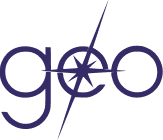What is Empathy and What Are the Benefits?
Empathy is one of the main reasons individual and institutional philanthropy exist. Grantmakers in communities across the country and around the world are mission-bound to try and help people and communities overcome challenges in order to thrive.
